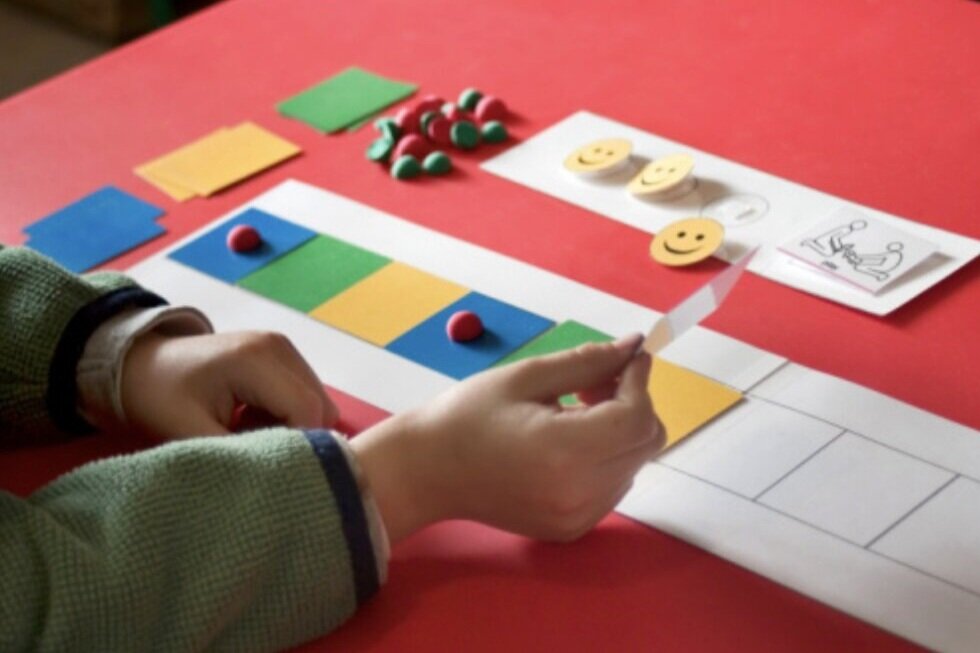Effective Therapies and Services for Children with Autism
Some of the effective therapies and services for children with Autism are Applied Behavior Analysis (ABA), Speech Therapy, Feeding Therapy, Occupational Therapy, Physical Therapy. There are some other other interventions as well that are considered more complimentary, like Floor Time, Sensory Integration and Music Therapy.
Speech Therapy consists of not just working on the child's talking but also on what we call receptive language. Receptive language is the child's understanding of what people are saying to him or her, for example, if you have a child who doesn't know how to follow instructions, doesn't know what simple objects are called. If you say, give mommy the spoon or give mommy the cup and they don't know what a spoon or a cup is that's receptive language.
Expressive language is their ability to talk. Speech Therapists also work on higher level skills such as back and forth conversation. Just because a child can label things or request things doesn't mean they're able to have a conversation. This is another skill that needs to be worked on. The speech therapists will very often work on skills such as imitation, play skills, social skills, there's a lot of overlap between what the Speech Therapist does and what the ABA Therapist does. Speech Therapy is important because if the child is unable to understand and or communicate with others, they're not going to be able to function in the world. They're not going to make friends. They're going to have a very high level of frustration because they'll be unable to communicate their basic needs and wants. A speech language pathologist (SLP) should be the one to administer speech therapy. It shouldn't just be somebody who says, Well, I have lots of experience but no degree or I have a degree in linguistics but not in speech language pathology, it's got to be a proper speech language pathologist.
Occupational Therapy addresses many issues. The main things addressed are gross and fine motor strength and coordination. I'd say almost without exception, all of the children that I work with have very low muscle tone. They also have very poor coordination. So these issues need to be addressed. It's very difficult to sit in a classroom and focus on the lesson when you can barely maintain an upright position in your chair. You can't take notes from what the teacher is telling you if you have trouble writing. So those are some of the things they work on. They also work on Sensory Issues because many kids with Autism have Sensory Issues. They're either hypersensitive to certain things or very hypo sensitive so they just need constant input. They're in constant motion. We also work on their visual perception. Let's say you have a shapes order, and the child is trying to put a triangle in but they keep putting it in upside down. No matter how many times they try they make the same mistake, they're just not getting that they have to turn the triangle and put it in the right way. That's an example of somebody with poor visual perception.
Gross motor skills are more your large muscles, so your legs, your core muscles, your shoulders, fine motor skills are generally your hands. A qualified occupational therapist should be the one to administer it.
There is only one behavior intervention and that's ABA, but there are lots of other interventions and lots of other approaches. There's floor time, there's play therapy, music therapy, social skills groups. Some people like to do music and movement. However the only one that has extensive empirical data replicated research over decades is ABA, and one of the things that sets ABA apart from the other types of therapy is that data is collected throughout each session. It's not just oh yeah, he had a good day or he had a bad day or Yeah, he did this, he didn't do that. Data is collected on just about every single thing that happens, every single response that the child gives throughout each session.
ABA stands for Applied Behavior Analysis, it's a way to to understand the function of behavior. You're analyzing behavior to try to figure out why the person is engaging in this behavior. The other thing that we look at with ABA is learning. How do people learn? How can we teach them skills? So ABA therapy will help us manage behavior. It also consists of something called discrete trial teaching DTT, which is where we break certain skills down into very small steps. And we teach them by using a lot of repetition and a system of rewards called reinforcers.

